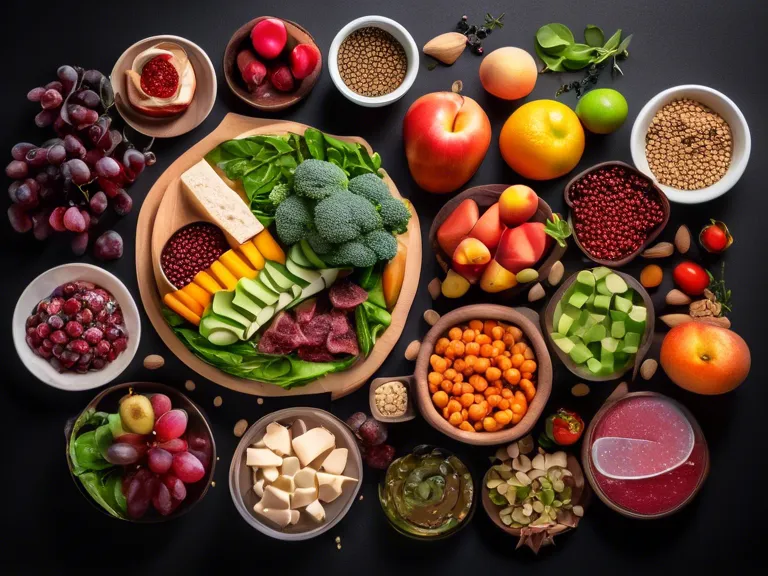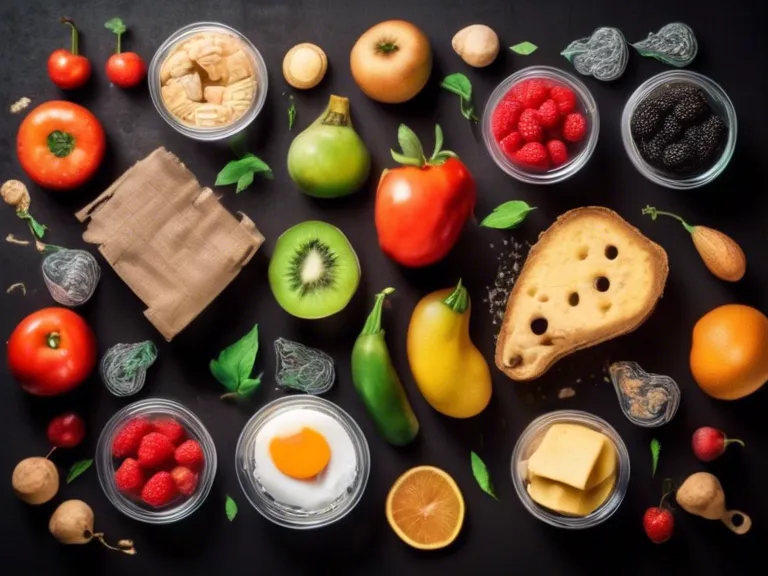
Learn how data science is transforming the food industry by predicting trends and consumer preferences. Discover the key applications and benefits in this insightful article.
With the rise of big data and artificial intelligence, businesses in the food industry have been increasingly leveraging data science to predict food trends and consumer preferences. By analyzing vast amounts of data from various sources, companies can gain valuable insights into what consumers are looking for and tailor their offerings accordingly. In this article, we will explore how data science is helping shape the future of the food industry and revolutionize the way companies understand their customers.
One of the key ways in which data science is being used to predict food trends is through the analysis of social media and online reviews. By monitoring platforms like Twitter, Instagram, and Yelp, companies can track conversations surrounding different foods and beverages, allowing them to identify emerging trends in real-time. This data can then be used to inform product development strategies and marketing campaigns, ensuring that companies stay ahead of the curve.
Another important application of data science in the food industry is in personalized recommendations. By collecting data on consumers' preferences, dietary restrictions, and purchasing habits, companies can create personalized recommendations for individual customers. This not only enhances the shopping experience for consumers but also helps companies increase customer loyalty and drive sales.
Furthermore, data science is enabling companies to optimize their supply chains and streamline their operations. By analyzing data on factors like weather patterns, transportation routes, and supplier performance, companies can make more informed decisions about sourcing, production, and distribution. This leads to cost savings, improved efficiency, and ultimately, better service for consumers.
In conclusion, data science is playing an increasingly important role in predicting food trends and consumer preferences in the food industry. By harnessing the power of big data and artificial intelligence, companies can gain valuable insights, personalize their offerings, and optimize their operations. As technology continues to evolve, we can expect data science to continue shaping the future of the food industry in exciting ways.



